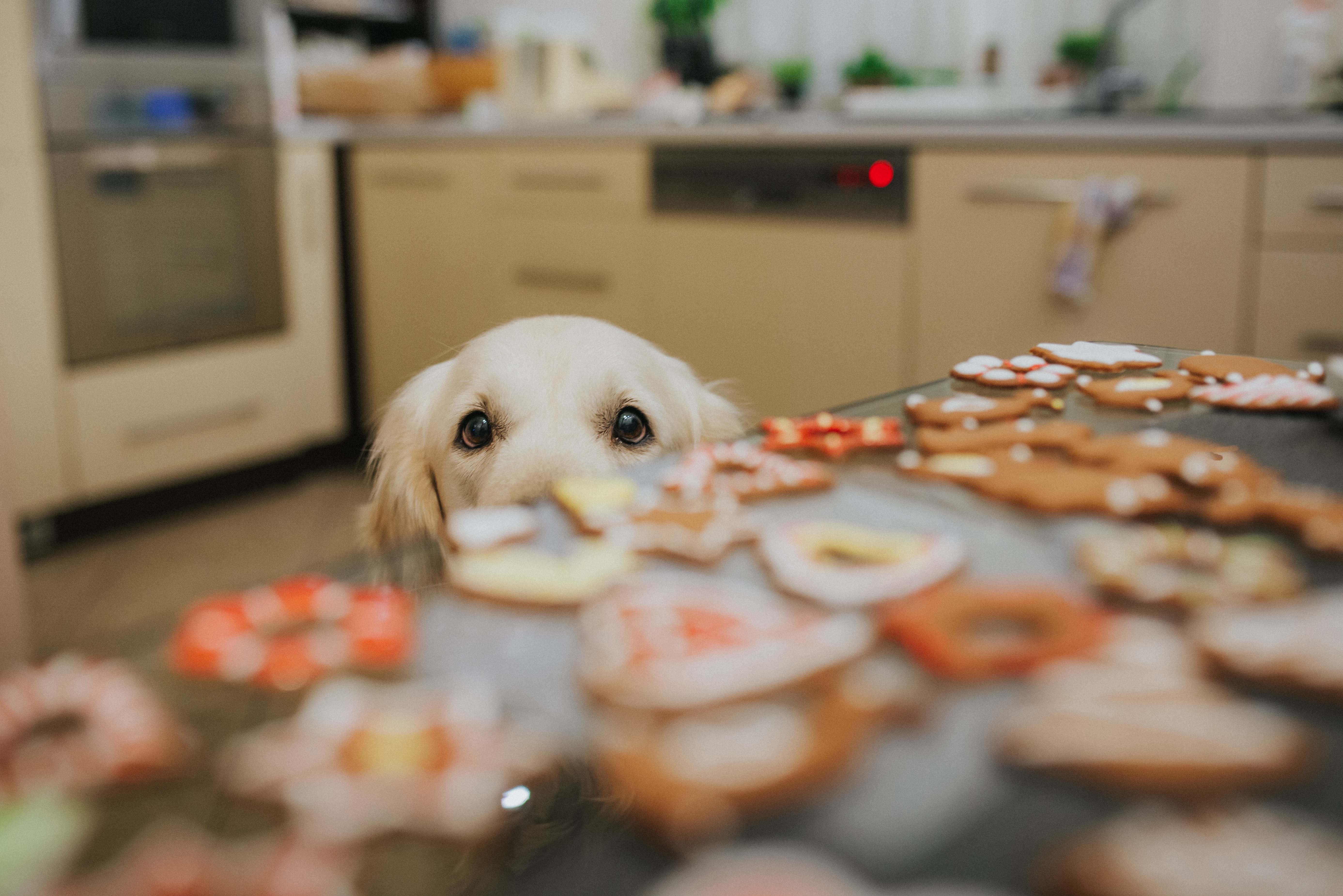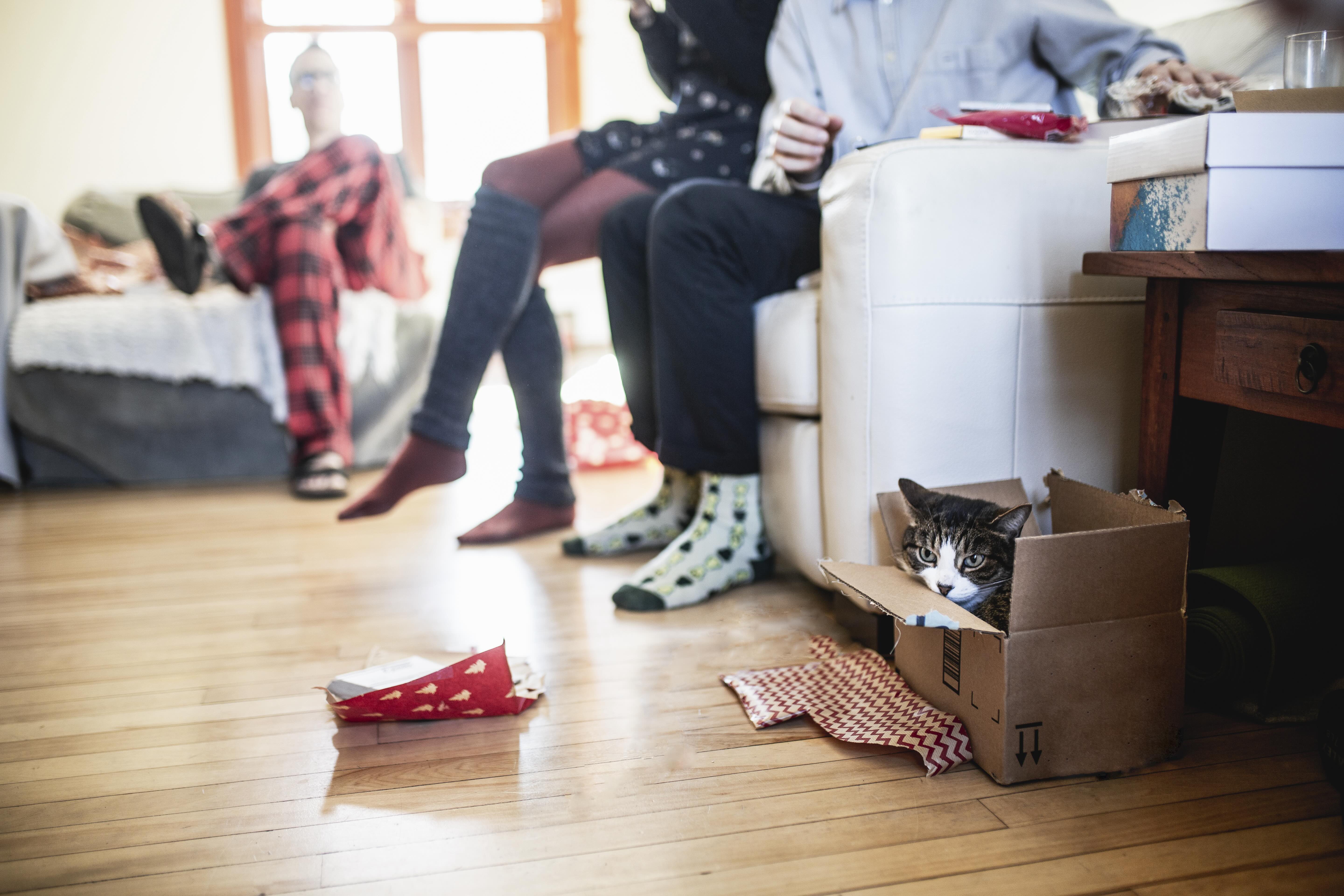
Sciences & Technology
Science can help dogs enjoy their best life

From posing for the family Christmas photo to the hot days of summer – here are some tips to help give your pet a happy holiday as well
Published 22 December 2023
The holiday season can be hectic.
Visitors flowing through our homes, the manic rush of food and gift preparations, finding the perfect party outfit and music playlist, and heading off to your local New Year’s Eve firework display. It’s enough to make the sweat break on the brow of even the most festive among us.

But what’s it like for our animal friends?
This onslaught of people, smells, sounds, dressing-up-for-a-Santa photo and the ‘oh-no-don’t-touch-or-eat-that’ can be a challenging time for them too.
This year, I’ve spent a lot of time thinking about how we can give animals positive experiences. Here are my top tips to help your four-legged friends through this holiday season.

Sciences & Technology
Science can help dogs enjoy their best life
In animal welfare science, we often assess animal welfare by considering what animals have, and how it’s making them feel, across the Five Domains Model: nutrition, environment, health and behavioural interactions (with people, their environment and other animals) – all of which link to the final domain – their mental experiences.
It’s that fourth domain – behavioural interactions – that offers us new opportunities to help our furry, feathered and finned friends through the festivities.
By considering how we can give our animals choice and control in their interactions, we can give them more agency in their lives – something that we’ve identified can give them a better quality of life and more happiness.

Melbournians lived through strict social and environmental limits during the COVID lockdowns of 2020 and 2021. So, we can relate to our animals who depend on us to widen their world to new places, people and other animal friends.
Depending on your pets’ personality and preferences, they may well be a social butterfly who loves greeting new friends to your home.

Sciences & Technology
Ever wondered what your pet is thinking?
Some animals, though, really value having a safe space to retreat to. A room or area that visitors know is off limits, so your animals can feel safe and know if they’ve had enough patting, they can go rest and won’t be bothered by any strange humans – adult or child.
Cats love a box up high and dogs often enjoy a ‘safe zone’ bed in a quieter location of your home. This allows your animals to control how close they want to get to the sensory onslaught that holidays can trigger.
Remembering their sense of smell and hearing are much more sensitive than ours can also help us to make good decisions.
Perhaps you’ll decide to make use of remote speakers in the backyard rather than pumping the tunes at full volume inside the house. Likewise, fireworks can be a huge challenge for many pets.

Being prepared is key if you will be away for the night or you live in the vicinity of fireworks display.
It’s important to note that not all of our favourite treats are safe for cats and dogs. For example, festive treats like macadamias and chocolate are toxic to dogs, so keep your local emergency vet details handy in case you need them in a hurry.

Environment
Why cats obsess over Christmas trees
Here in Australia, Christmas can mean soaring temperatures that push many of us into a shady part of the backyard or under the air-con for an afternoon nap.
To extend this comfort to our animal companions, consider a toddler-style wading pool in the garden, some beds placed near fans and access to lots of fresh, cool water.
Some dogs might enjoy joining you at the beach or river for a swim but be mindful that they don’t always enjoy the activities you do (dressing up as Santa’s elf is a prime example).
If they do come along with you on a hot day, make sure you’re familiar with the signs of heat stroke and look out indications they’re ready to head home and act when you see them.

Your dog might prefer licking at a frozen icy treat at home instead. You can use an old yoghurt container to freeze water with a few pieces of kibble overnight before a hot day.
Discard the container and gift the icy goodness to your canine friend (make sure you have at least one each if you have multiple dogs and consider separating them while enjoying this treat if any of them prefer to eat alone).
The break can also mean travel – making those long drives home for Christmas. Some pets may love a road trip, sticking their head out of the window to catch all the exciting smells (make sure they’re safely restrained).

Business & Economics
Pets and Australians: Who has what?
Others may spend the entire time throwing up in the backseat with the kids.
If you are travelling, make sure your pet is identified and your contact details are visible in case they stray from safety.
It’s worth touching base with your vet before you travel in case the area you are visiting has any health risks – things like paralysis ticks can be much more prevalent in certain areas.
And, of course, never leave your pets unattended in the car as heat stress can occur even in seemingly mild weather.
Research in animal welfare science continues to advance our understanding of animal happiness and how we can best care for the animal companions who give us so much joy year-round.

By thinking about the view from their four paws, we can make small adjustments this holiday season to help our pets have more agency, choice and control in their lives.
This will help them feel safe and happy as the hectic holidays pass – ready to embrace the excitement of a New Year with you.
Banner: Getty Images